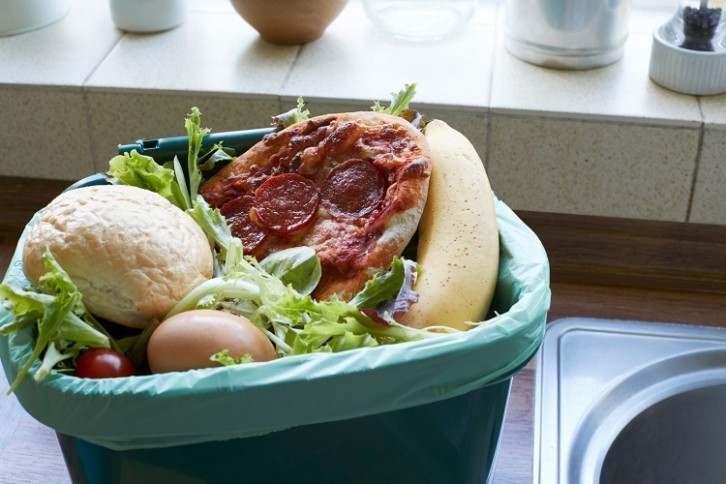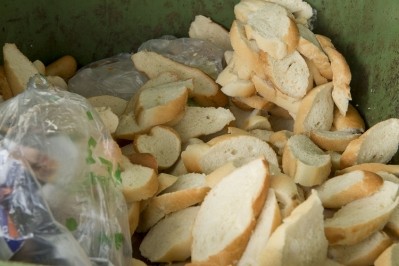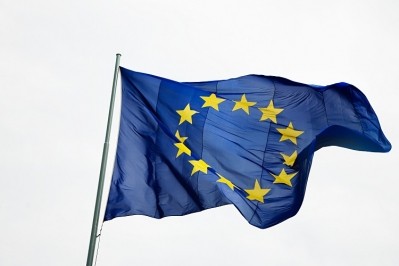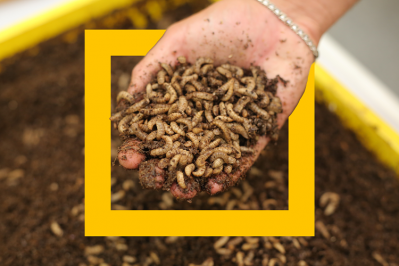Closing the harvest-to-retail-to-household food waste gap

Shining a spotlight on food loss and waste in the farm-to-fork journey is not a new concept, yet highlighting the prevalence of where along that road it occurs presents new opportunities for the industry to address it.
Globally, approximately 13% of the food produced is lost between harvest and entry into the retail space, the United Nations (UN) reported. In addition, around 17% of global food production is wasted in households, food service environments, and retail.
Tackling food waste and loss
The UN’s International Day of Awareness of Food Loss and Waste focused on “Reducing food loss and waste: Taking Action to Transform Food Systems” as its core 2023 message. A third of all food produced worldwide is lost or wasted, the Food and Agriculture Organization (FAO) reported. This coupled with the UN’s Sustainable Development Goal (SDG) 12.3 to halve this amount by 2023, means global pressure is mounting to tackle food loss and waste.
As part of its 2023 Day of Awareness, the UN urged consumers, local and national authorities, and businesses to prioritise actions and progress on solutions to lower food waste and loss. Focusing on reduction through action and transforming our global food systems, the UN focused on restoring and rebuilding a better and more resilient food system to tackle insecurity and feed our growing population.
As well as forming part of SDG 12, which seeks to ensure sustainable consumption and production patterns, food waste and loss is prevalent in other specific global actions to create positive environmental change, including SDG 2: Zero Hunger, the UN Framework Convention on Climate Change along with broader efforts to reduce impacts on climate, water, land, and energy and improve the economics of countries, cities, businesses, and households.
The European Union (EU), which sees nearly 59 million tonnes of food wasted yearly, announced in July 2023 its proposal to revise the EU waste framework directive. Currently under discussion, the revision includes new EU targets for food waste reduction for 2030. As part of European efforts to reduce food waste and loss, the European Commission announced it will put forward legally binding targets to reduce food waste across the EU by the end of 2023 and a revision of EU rules on date marking, relating to ‘use by’ and ‘best before’ dates.
Accompanying a collection of EU actions to tackle food waste in Europe, The EU Action Plan for the Circular Economy proposed a platform dedicated to preventing food waste. The Commission subsequently set up the EU Platform on Food Losses and Food Waste (FLW), designed to achieve SDG 12.3 without risking food safety, feed safety and animal health.
Understanding the reasons for food waste and loss
In the Food and Agriculture Organization (FAO) context, food losses are prevalent after harvest and before retail. “Food losses are prevalent in developing countries and result from the inadequate/lack of infrastructure, technology, packaging, logistics and the limited knowledge and skills of supply chain stakeholders,” a spokesperson for the Food and Agriculture Organization (FAO) told FoodNavigator. “Overproduction is also often a problem due to production planning,” the spokesperson added.
Food waste is prevalent in households, the food service sector, and retail. “The highest levels of food waste take place in households, largely due to poor consumer understanding of date labelling on food products, which results in food of good quality being discarded,” detailed the FAO spokesperson.
Consumers often throw away food fit for consumption as there is confusion over food labels. The “best before” date relates to the quality of the food product, while the “use by” relates to the food’s safety. “Food that is properly packaged and stored can be consumed well beyond its best-before date,” confirmed the spokesperson. There are, however, food safety risks associated with food that has passed its “use-by” date, indicating the key difference between “best before” and “use by” and labels.
Several other contributing factors lead to food waste, FAO’s spokesperson detailed, including poor food purchase planning that often results in overbuying, improper storage of food in the household, cooking more than is needed and discarding leftover food.
Stopping food waste and loss
“Food loss prevention must start with production planning to avoid market gluts,” FAO’s spokesperson said. Avoiding food waste and loss also necessitates investments in technology and basic infrastructure by developing roads, electricity, and potable water supplies, which are crucial. Post-harvest-specific infrastructure, such as cool and dry storage facilities and facilities for appropriate freezing, transport, sustainable and efficient cold chain systems, and logistics, are also vital.
Food processing and packaging also contribute significantly to reducing food losses. The industry places its focus on developing packaging that can be reused or recycled. “Food packaging plays a critical role in extending the shelf-life of food and preventing and reducing food waste,” added FAO’s spokesperson.
“Developments and innovation in packaging technology toward enhancing sustainability and circularity will go a long way to assuring safer food products with longer shelf life and reducing consumer food waste in a sustainable manner,” added FAO’s spokesperson.
Using smart labels that visibly track product freshness helps reduce food waste and loss. Digital enablers such as the Internet of Things, blockchain, artificial intelligence (AI), and smart sensors increasingly play a role in preventing food waste. Building stakeholder skills across the agrifood system is also crucial to ensuring the sustainability of food systems operations.


















